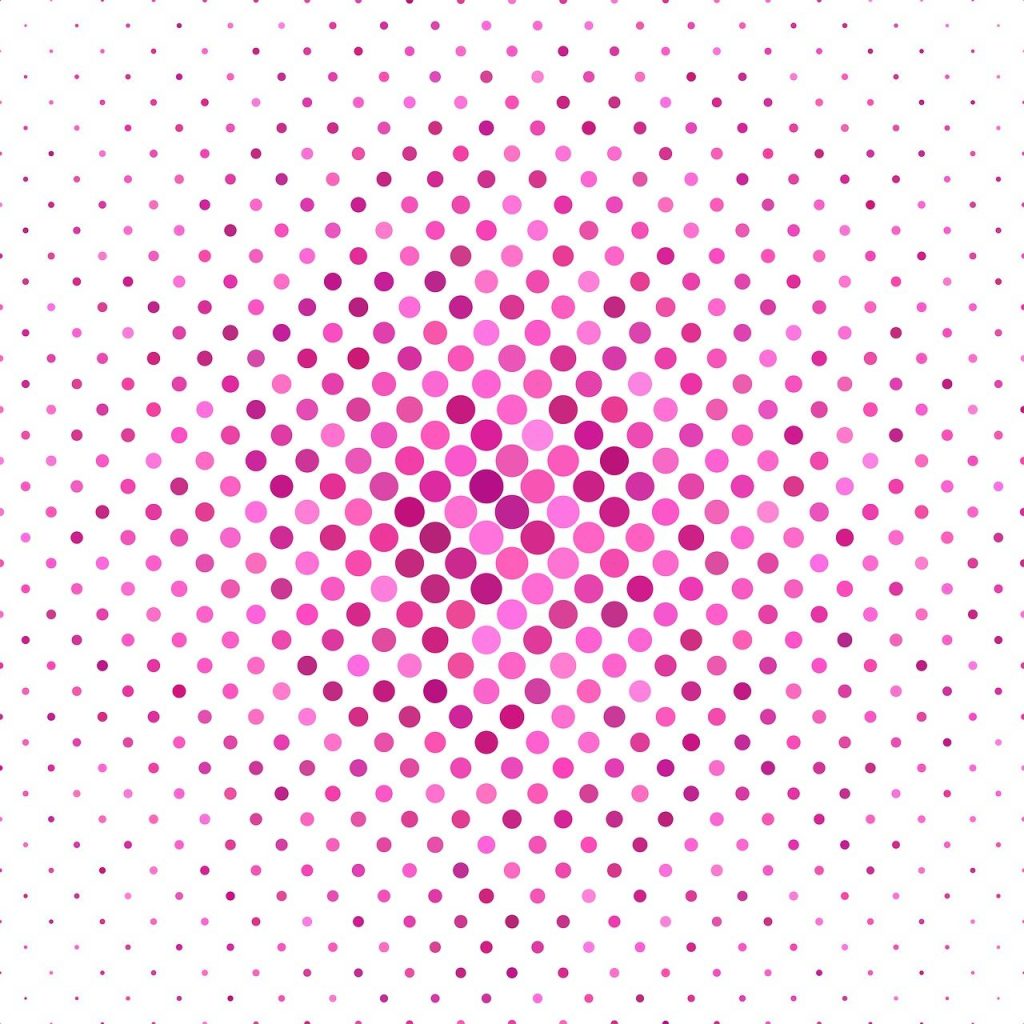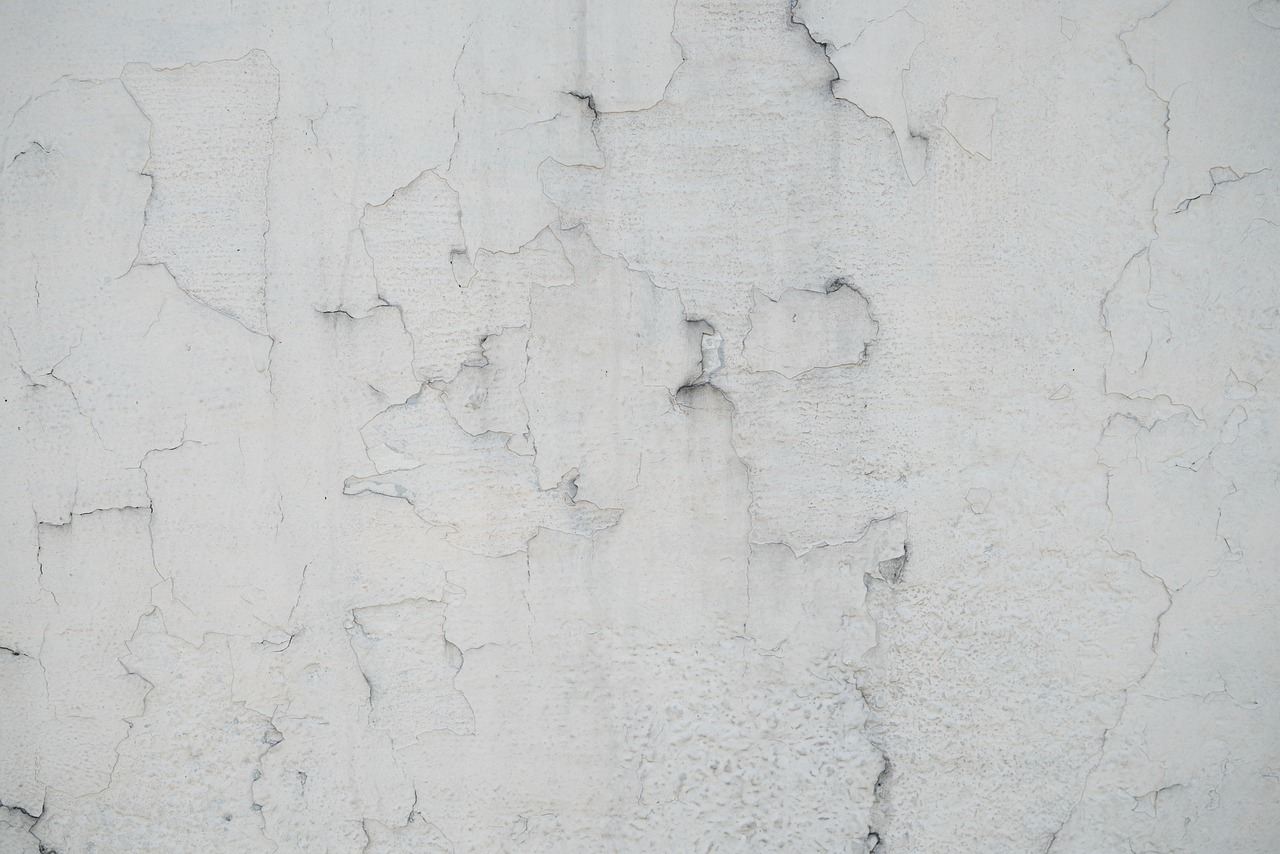Pointillism Art

You’re exploring Pointillism, a groundbreaking art technique created in the mid-1880s by Georges Seurat and Paul Signac. Pointillism, originally called Divisionism, involves meticulously placing small dots of pure colour to achieve optical blending and vibrant luminosity. Techniques draw from ancient practices and are influenced by colour theories, particularly Michel-Eugène Chevreul’s principles of simultaneous contrast. Major works, like Seurat’s “A Sunday Afternoon on the Island of La Grande Jatte,” exemplify this style. This method revolutionized traditional painting, inspiring modern artists and ensuring its lasting impact. Keep going to uncover its rich history and techniques.
Key Points
- Pointillism, pioneered by Georges Seurat and Paul Signac in the mid-1880s, uses small dots of pure color for optical blending.
- The technique emphasizes precise dot placement and colour interaction to achieve vibrant, luminous effects and intricate visual textures.
- Influential artists include Georges Seurat, Paul Signac, Camille Pissarro, Maximilien Luce, and Henri-Edmond Cross.
- Notable works include Seurat’s ‘A Sunday Afternoon on the Island of La Grande Jatte’ and Signac’s ‘The Port of Saint-Tropez’.
- Pointillism continues to evolve, with contemporary artists like Damien Hirst integrating traditional and modern techniques.
Origins and Development
Pointillism’s roots can be traced back to the mid-1880s, pioneered by Georges Seurat and Paul Signac, who sought to revolutionize painting through the meticulous application of small, distinct dots.
This movement, initially termed divisionism, aimed to achieve optical blending by closely juxtaposing colours. While Pointillism represented a significant departure from traditional methods, its inspiration can be linked to ancient practices.
Aboriginal cave paintings, with their dotted designs, demonstrate early instances of utilizing individual marks to create cohesive images. This historical context highlights how Seurat and Signac’s innovative approach was both a continuation and a transformation of artistic traditions.
Their work laid the groundwork for modern artists like Damien Hirst, who continue to explore and expand upon these pioneering techniques.
Key Techniques
When approaching pointillism, you’ll need to master the precise application of small, distinct dots of pure colour. This technique, championed by artists like Seurat and Signac, relies on optical blending to create vibrant and luminous effects.
Selecting the right brush and understanding colour interaction are essential to achieving the desired visual depth and texture.
Dot Application Methods
Pointillism artists meticulously place small dots of pure colour directly on the canvas to achieve a vibrant and luminous effect through optical blending. Your approach to dot placement is crucial. Each dot must be strategically positioned to guarantee that the colours interact in a way that creates texture, depth, and form.
When considering colour selection, it’s vital to use pure hues rather than mixed colours. This technique allows individual dots to blend optically when viewed from a distance, enhancing the painting’s overall luminosity.
Colour Blending Tips
Understanding key techniques for colour blending in Pointillism is essential for achieving the vibrant and dynamic effects characteristic of this art form. By strategically applying small dots of pure colour, you rely on the viewer’s eye to create optical illusions of blended hues. This method, rooted in colour theory and Divisionism, allows for sophisticated colour mixing directly on the canvas.
Artists like Seurat and Signac have mastered this approach, ensuring that individual dots of red and blue, for example, appear as purple when observed from a distance. This technique not only enhances vibrancy but also adds depth to your artwork. Remember, precision in dot placement and understanding the interplay of colours are vital for creating the intended optical effects.
Brush Selection Guide
Selecting the right brush is essential for executing precise dot placement and achieving the intricate colour blending effects that define Pointillism. You’ll want to choose small, stiff brushes with fine tips, as they allow for meticulous control over dot size and density.
The brush shape is crucial; round brushes facilitate uniform dots, while filbert brushes can vary dot shapes, adding textural interest. Consistency in paint application is crucial, so opt for brushes that hold and release paint evenly. This ensures that each dot contributes to the desired optical blending effect.
Employing these blending tips, you can manipulate colour interactions subtly and precisely, resulting in a cohesive and vibrant composition. Your brush selection directly influences the artwork’s texture and visual harmony.
Influential Artists
Exploring the impact of influential artists in the Pointillism movement, you’ll find Georges Seurat at the forefront, whose pioneering technique laid the groundwork for this meticulous style of painting.
Seurat’s artistic evolution and creative inspirations led to the development of Pointillism, transforming the art world.
Following Seurat, Paul Signac became a key figure, advocating for the technique and producing vibrant landscapes.
Camille Pissarro’s shift from Impressionism to Pointillism influenced many, while Maximilien Luce integrated social and political themes into his dotted works.
Henri-Edmond Cross adopted Pointillism in 1891, contributing significantly to its evolution and inspiring artists like Henri Matisse.
Each artist’s contributions enriched the movement, pushing the boundaries of traditional painting techniques.
Notable Works
Among the most notable works in the Pointillism movement, Georges Seurat‘s ‘A Sunday Afternoon on the Island of La Grande Jatte’ stands as a demonstration of the meticulous dot technique and innovative artistic vision that define this style.
Paul Signac’s ‘The Port of Saint-Tropez’ exemplifies vibrant colours and optical blending, reflecting his artistic inspirations and Symbolism.
Maximilien Luce’s ‘The Quai Saint-Michel and Notre Dame’ captures light and atmosphere through Pointillism’s precision.
Henri-Edmond Cross’s ‘The Evening Air’ creates luminous and harmonious landscapes, showcasing his mastery.
Vincent van Gogh’s ‘Undergrowth with Two Figures’ blends his unique style with Pointillism, offering contemporary interpretations.
Exhibition curation often highlights these works for their technical brilliance and thematic depth.
Colour Theories
Understanding the colour theories that influenced Pointillism is essential to appreciating the technique’s innovative use of vibrancy and harmony. Pointillist artists like Seurat and Signac drew heavily from scientific influences, particularly the work of chemist Michel-Eugène Chevreul.
His principles of simultaneous contrast greatly shaped their approach, particularly the strategic placement of complementary colours. By meticulously positioning tiny dots of complementary hues next to each other, these artists aimed to enhance the vibrancy and achieve harmonious colour interactions.
Seurat and Signac’s dedication to studying scientific texts on colour theory underscores their commitment to precision. The result is an intricate dance of colour harmonies, where the viewer’s eye blends the dots into a cohesive, luminous whole.
Lasting Impact
You’ll find Pointillism‘s lasting impact evident in its profound influence on modern art movements like Fauvism, Cubism, and Op Art.
This technique’s revolutionary approach to colour theory and optical blending reshaped how artists perceive and render light and colour.
From Van Gogh to contemporary creators, Pointillism’s innovative methods continue to inspire and evolve, underscoring its enduring relevance in artistic practice.
Influence on Modern Art
Pointillism’s enduring impact on modern art is evident through its continuous adaptation and innovation by contemporary artists across various movements.
You’ll notice contemporary interpretations and innovative approaches that blend traditional pointillist techniques with modern aesthetics, ensuring the style remains relevant.
Its global influence has led to diverse applications in digital art, graphic design, and even street art. Artists worldwide embrace pointillism as a versatile and dynamic method of expression.
Consider these points:
- Contemporary interpretations: Modern artists reimagine pointillism with new materials and digital tools.
- Innovative approaches: Techniques have evolved to include animated and interactive pointillist works.
- Global influence: Pointillism is embraced by artists from diverse cultural backgrounds.
- Diverse applications: It’s found in various media, from traditional canvas to digital platforms.
Evolution of Techniques
Building on its influence on modern art, the evolution of pointillist techniques illustrates a dynamic interplay between traditional methods and contemporary innovations. You can see how artists like Damien Hirst have pushed the boundaries of pointillism with evolutionary advancements such as spot paintings. Precision and control remain essential, requiring patience to achieve intricate optical blending of colors.
Contemporary adaptations show that modern artists continue to bridge traditional and modern practices, creating vibrant and textured compositions through dotted art. This adaptability underlines pointillism’s enduring appeal and legacy, ensuring its longevity in the art world. By embracing both historical techniques and new methods, pointillism continues to captivate artists and audiences alike, reinforcing its lasting impact.
Frequently Asked Questions
What Is the Pointillism in Art?
You’ll find pointillism revolutionizes art by applying color theory and optical blending. Artists use distinct dots of color, which merge when viewed from afar, creating vibrant images. This technique influenced modern movements like Fauvism and Cubism.
Who Are the Two Famous Pointillism Artists?
When considering who the two famous artists are, you’ll find Georges Seurat and Paul Signac at the forefront. They revolutionized art by pioneering Pointillism, integrating scientific color theories, and influencing modern artists like Van Gogh and Picasso.
Did Van Gogh Create Pointillism?
Van Gogh didn’t strictly create pointillism, but he did experiment with divisionism techniques and optical blending. His unique style evolved to focus more on personal expression and emotion, setting him apart from traditional pointillist artists.
What Are the Rules of Pointillism?
To master the rules, you apply small dots of pure colour, relying on colour theory and optical mixing. Precision’s key; juxtapose complementary colors to create vibrant effects. Patience guarantees detailed compositions, avoiding blending on the palette.
Conclusion
In examining pointillism, you’ve seen its meticulous techniques and color theories revolutionize art. Influential artists like Georges Seurat and Paul Signac not only mastered this style but also inspired future generations.
Notable works exemplify how pointillism’s precision creates vibrant, dynamic images. Its lasting impact on modern art and colour theory underscores its significance.
By understanding these elements, you’ve gained a deeper appreciation for pointillism’s role in shaping artistic expression.
Author: Theodore Beaufort

